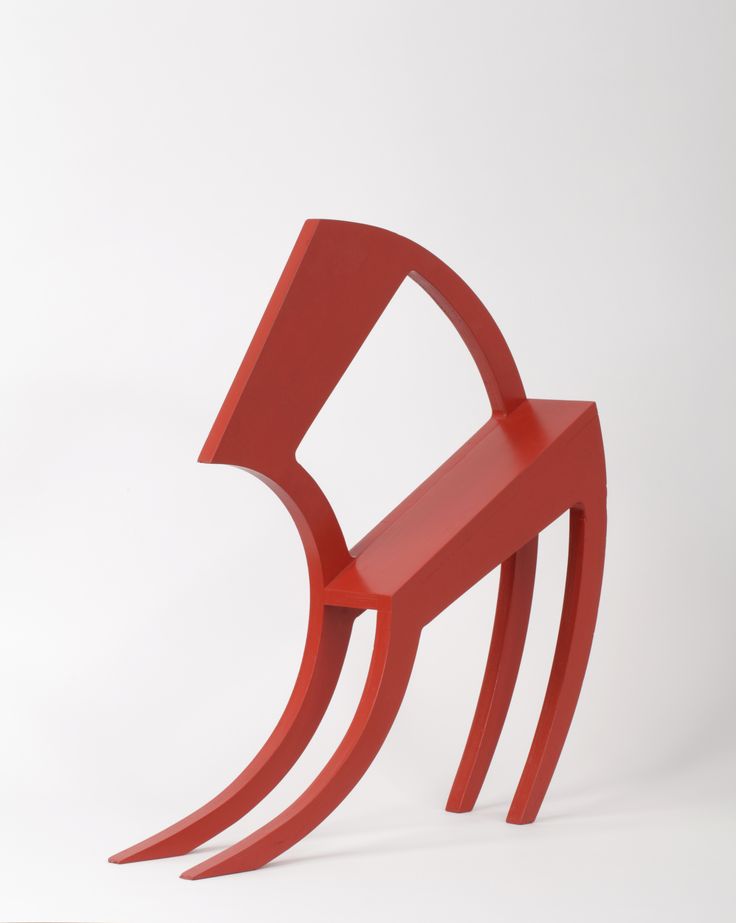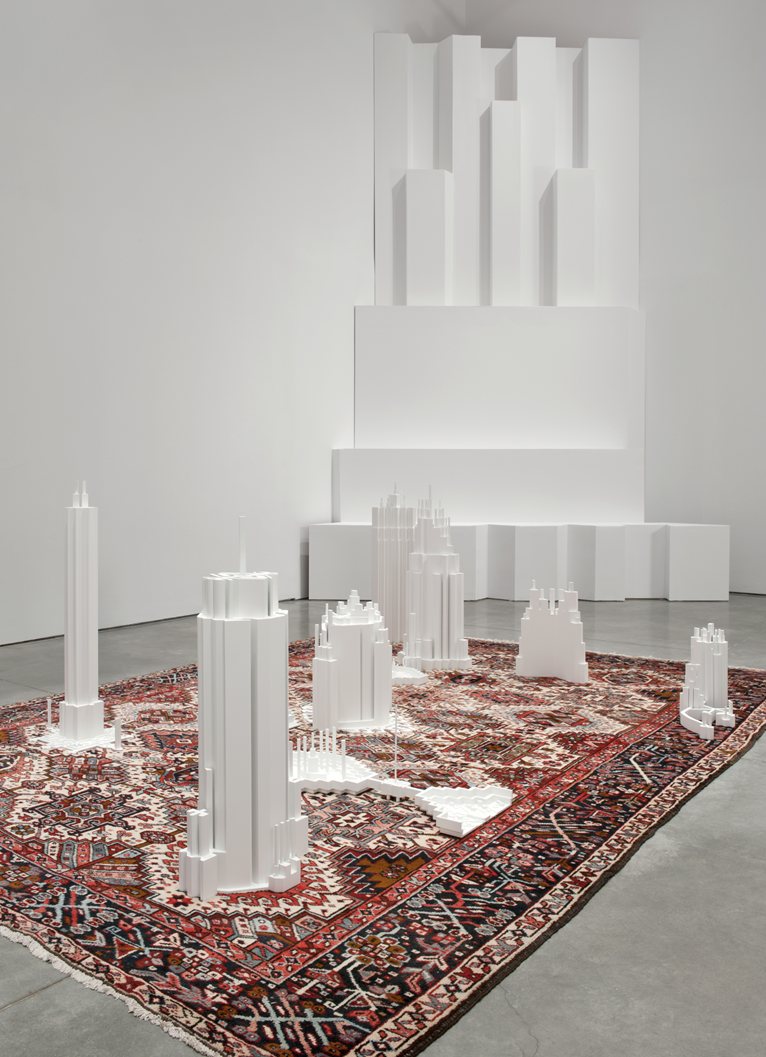
MARKUS KAYSER
Fritté Solaire
Dans cette expérience, la lumière du soleil et le sable sont utilisés comme énergie brute et matériau pour produire des objets en verre à l’aide d’un processus d’impression 3D, qui combine l’énergie naturelle et le matériau avec une technologie de production de haute technologie. Le frittage solaire vise à soulever des questions sur l’avenir de la fabrication et déclenche des rêves de pleine utilisation du potentiel de production de la ressource énergétique la plus efficace au monde – le soleil. Sans apporter de réponses définitives, cette expérience vise à fournir un point de départ pour une nouvelle réflexion.








